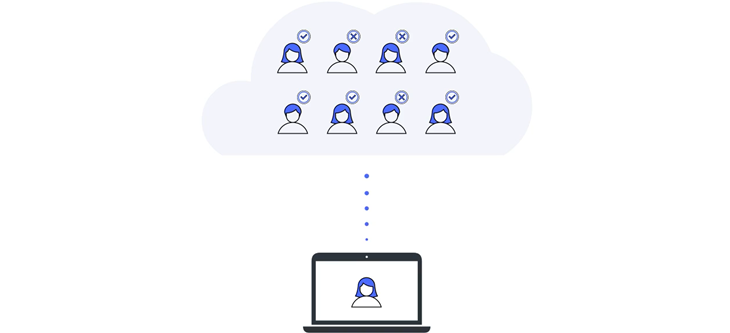Identity and access management
With Cognite Data Fusion (CDF), you can use your existing IdP framework to manage access to applications and data. Users authenticate with a single account to multiple applications. Use identity providers (IdPs) that support OAuth 2.0 and OpenID Connect, the two standards used in establishing trust between the CDF services, the front-end applications, and the identity provider.
We currently support Microsoft Entra ID and Amazon Cognito. If you want to use another IdP to manage access to CDF, it must meet these minimum requirements.

Visit the Manage access to CDF getting started course for an introduction to the technology behind CDF authentication and authorization.
Step 1: Get set up
Register core Cognite applications
As an IdP administrator, you can consent for your entire organization to use the CDF application and other Cognite applications. Users can sign in with their organizational identity without having to consent themselves.
- Microsoft Entra ID: Register core Cognite applications
- Amazon Cognito: Register core Cognite applications
Set up groups to control access
Instead of assigning capabilities to individual users and applications, you create groups in CDF to define what capabilities members (users or applications) have to work with different CDF resources. Then you link and synchronize the CDF groups to user groups in the IdP and continue to manage users and applications in your IdP.
Step 2: Register and configure local apps
When you have set up the core applications and groups and verified that users can sign in with their organizational IDs, it's time to register and configure the apps and components you need for your data integration pipelines, contextualization flows, and data dashboards and to start developing solutions.
Step 3: Dive deeper
Get in-depth knowledge that will help you implement an entire project.
Design principles
Learn about the design principles for using Microsoft Entra ID's OpenID Connect implementation to manage access to CDF.
Best practices
See the best practices for registering and configuring applications to authenticate with CDF. You'll also find information about setting up groups to authorize what data users and applications can access and what they can do with the data.
Authentication flows
Users, services, and applications are responsible for obtaining the appropriate token from the IdP to access the Cognite API.
The way these tokens are granted may vary, depending on the software vendor's implementation. Learn more about the most relevant grants for CDF.
Access token scopes
Step 4: Fix issues
If you are receiving errors or seeing unexpected behavior, our troubleshooting tips can help you resolve the issues.